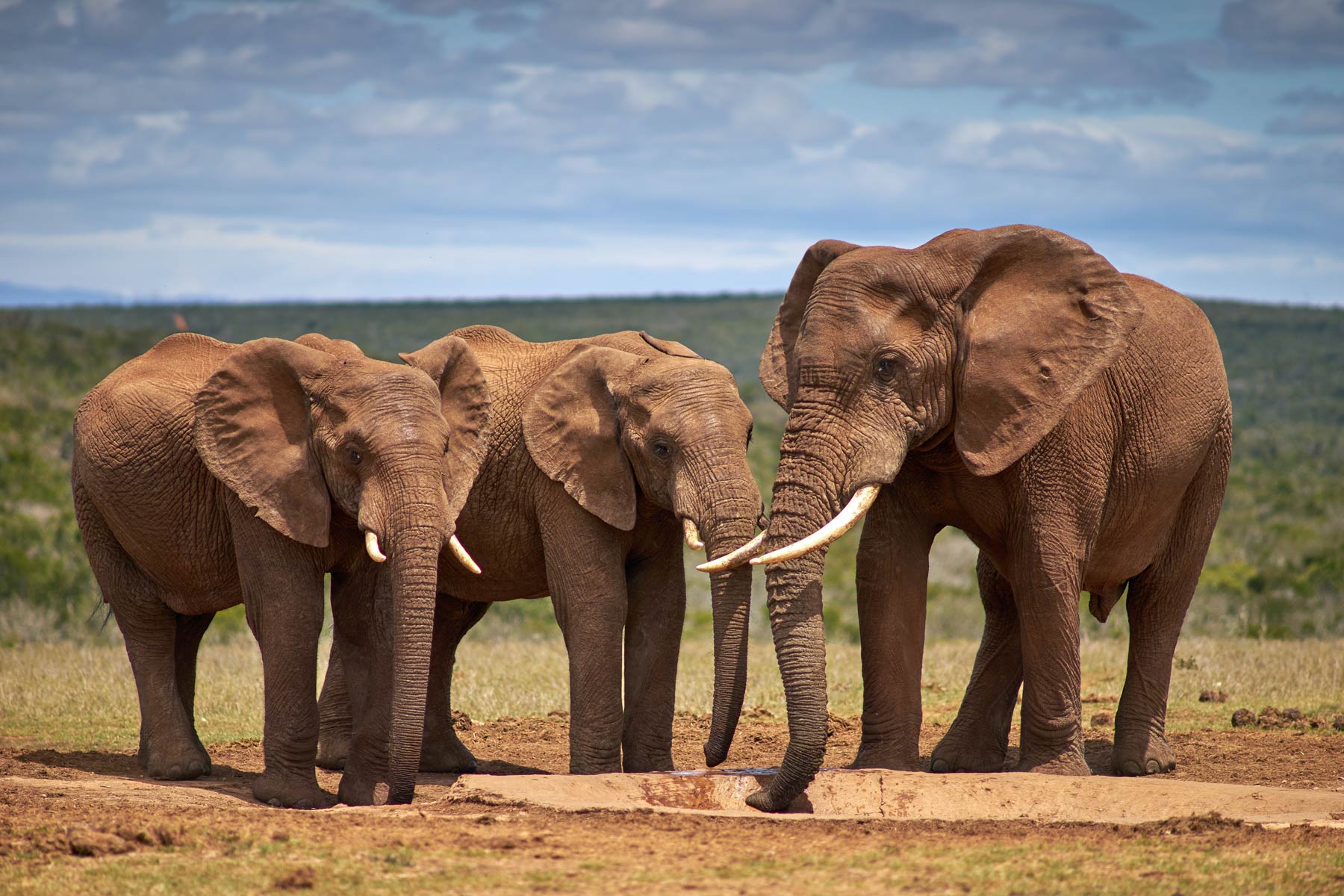To usher in the new year with some positive news, our first blog is about the recovery of Zakouma National Park in Chad, whose elephants, giraffe, and other wildlife populations were almost wiped out.
Only 15 years after the elephants in Zakouma National Park were decimated by poachers, their numbers have been making a steady comeback.
Between 2002 and 2010, the park’s elephant population, which had already declined from 22,000 in the 1970s to 4,500 in 2002, dropped by more than 90%, with nearly 4,000 individuals wiped out. Other species, such as Kordofan giraffes and rhinos, were also widely slaughtered.
In 2010 everything changed when African Parks was invited by the Chad government to sign a long-term agreement to restore and manage the park before it was too late. The NGO overhauled law enforcement, provided expert training, increased security, and laid the ground for a complete transformation of the ecosystem. Over the past decade there has been little to no poaching of giraffe, buffalo, and other species, and no elephants have been poached since 2016. Today the Zakouma herd comprises more than 550 animals, one of the largest in Central Africa, with growing numbers of calves born every year.
Zakouma’s population of Kordofan giraffe has grown to around 1,500 individuals; with only around 2,300 left in the wild, Zakouma is seen as the animal’s last stronghold.
A crucial part of the park’s success is the engagement of local communities, without which no national park in Africa could flourish or operate effectively. Working to strike a balance between the needs of the local population and the protection of wildlife, the Greater Zakouma Ecosystem has become the largest employer in the region, supporting homegrown enterprises, building schools, and hiring rangers from the surrounding area.
Read more about Zakouma’s recovery and how it’s become a top tourist destination for seeing flourishing wildlife.

